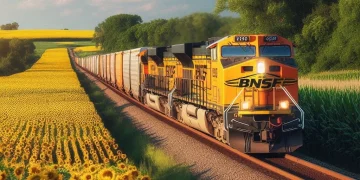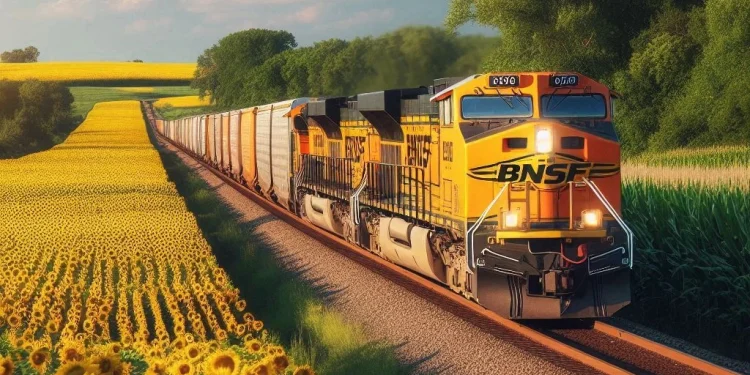The U.S. rail industry closed 2024 on a mixed note, reflecting a rapidly evolving market where demand for intermodal services grows while traditional carload volumes face challenges. The latest Rail Industry Overview (RIO) from the Association of American Railroads (AAR) highlights these contrasting trends and offers a glimpse into the forces shaping the future of freight transport.
Intermodal on the Rise
In 2024, intermodal traffic—transporting containers and trailers via rail—emerged as a bright spot. October recorded over 1.4 million intermodal units, marking a 5.5% year-over-year increase. This growth underscores the continued shift toward efficient, containerized shipping solutions that align with the demands of e-commerce and global trade. With more companies seeking flexible, scalable transport options, intermodal is increasingly seen as a cornerstone of modern supply chains.
Carload Volumes Face Headwinds
On the other hand, traditional carload traffic, which involves bulk commodities such as coal, metals, and agricultural products, experienced a slight decline. In October, carload volumes dropped 1.4% compared to the previous year. This dip highlights ongoing challenges:
- Energy Transition Impact: Declining coal shipments reflect the broader move toward cleaner energy sources.
- Manufacturing Slowdown: Sluggish production in heavy industries reduced the demand for transporting raw materials like steel and crushed stone.
Adaptation and Innovation Ahead
While the rail industry faces hurdles, it also presents opportunities for adaptation:
- Technological Advancements: Increased use of predictive analytics and automation in rail operations can help improve efficiency and service reliability.
- Sustainability Initiatives: The sector’s commitment to greener operations may open new avenues for growth, especially as shippers seek environmentally friendly transport solutions.
- Diversification of Services: Rail operators focusing on intermodal expansion and tailored solutions for emerging markets will likely remain resilient in a changing economic landscape.
Conclusion
As the rail industry enters 2025, it must address the dual challenge of sustaining intermodal growth while finding innovative ways to revive carload traffic. By embracing technology, sustainability, and customer-centric strategies, the sector can continue to play a pivotal role in the global supply chain.
#RailIndustry #IntermodalGrowth #SupplyChainTrends #TheLogisticNews #SustainableTransport























